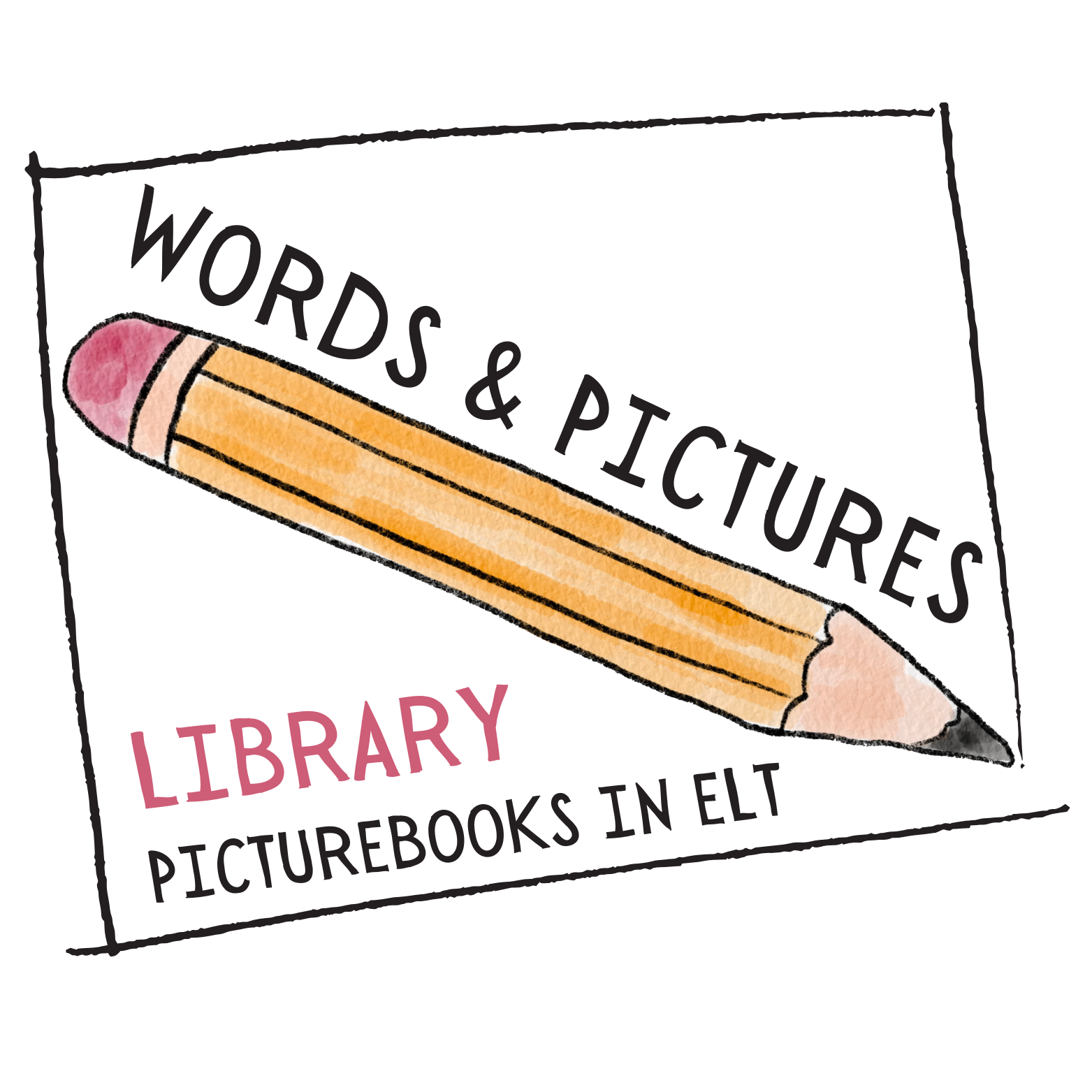- Explore what a picturebook is and the different types of picturebooks, reasons for using them in ELT, and find out about the history of picturebook-based ELT.
- Understand picturebook selection, representation in picturebooks, picturebook pedagogy, mediation and read-alouds.
- Consider the use of banned, multilingual, award-winning and picturebooks and picturebooks translated into English.
- Discover picturebooks by theme and category and their links to children’s rights.



